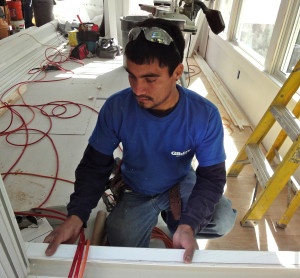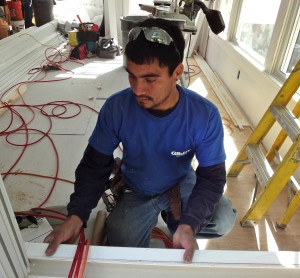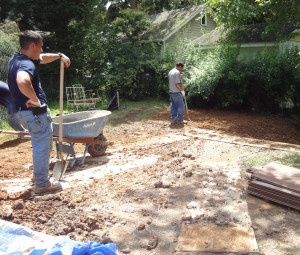
Home Addition Planning: What To Do With All That Water
Chevy Chase Village takes a very strict approach to rainwater management by applying the rules to home additions of any size. The problem the regulations are attempting to resolve is that buildings take away permeable surface area on your property where water would naturally percolate down through the soil and be slowly released into the ground water system.
When rain falls on your roof, water is directed via downspouts and pipes into storm sewers. That results in high velocity volumes of water barreling through the system. That's not good. Over many years, all that fast moving water has unmercifully gutted and eroded our beautiful stream valleys (Rock Creek, Sligo Creek) and tributaries to the Potomac and Anacostia Rivers. Further down stream the problem gets worse. All that soil erosion and polluted run off creates vast "dead zones" (oxygen depleted areas) in the Chesapeake Bay.
So... rain water from my roof top is suffocating oyster beds? Well, of course there are other culprits (run-off from roadways, sidewalks, parking lots, etc etc) but, yes, buildings and homes are a contributing factor. It's a big problem--especially since the transportation infrastructure was originally designed to move water as rapidly as possible to ..... someplace else.

Someplace Else Is Here
In the Village of Chevy Chase, someplace else is now designated as your yard. So, as we planned a modest home addition for a new kitchen and family room on Hesketh Street, we were obliged to include a documented water management plan in our home addition planning process to meet County regulations.
Our client had two water management solutions to choose from:
- collect the water in rain barrels (which can be used for garden watering), or
- dig a rain garden and pipe water from the downspouts to that location in the yard.

They chose the rain garden. A rain garden is a landscaping solution for controlling water on a residential lot. An area is excavated about two feet deep and filled half way with gravel and then soil and plants that can thrive in a damp environment. The rain garden solves the problem by providing a place for water to naturally collect and slowly be absorbed into the ground. As it turns out, our clients have always had a low, wet area toward the back of their lot that they avoided. So, it was a perfect match. It will provides a terrific opportunity for the homeowner to do something nice (and useful) with a what had been an unattractive part of their back yard.
8820 Brookville Road,
Silver Spring, MD 20910
© Gilday Renovations 2025
info@gilday.com


Leave a comment